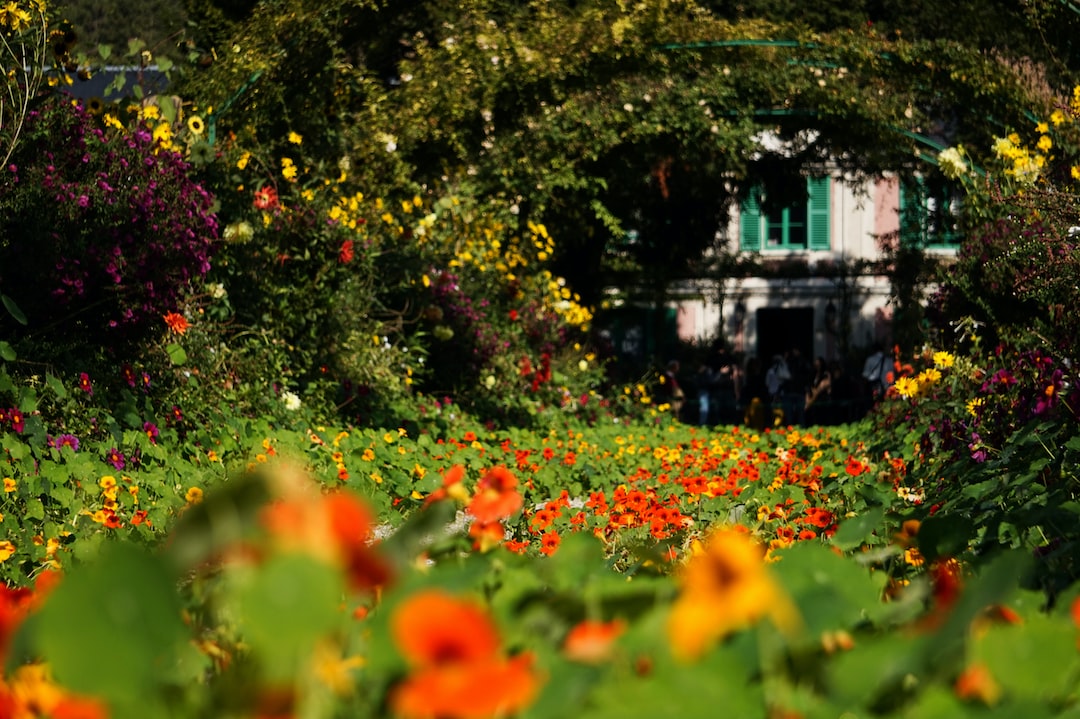Are you a gardening enthusiast searching for ways to enhance the beauty of your outdoor space? Look no further! In this step-by-step guide, we will walk you through the process of designing a beautiful perennial garden. Perennial plants are a great choice as they bloom year after year, bringing joy and color to your yard. So, let’s get started!
1. Assess Your Space:
Firstly, take a close look at the area you plan to transform. Consider the amount of sunlight the location receives throughout the day, as this will help identify plants that thrive in different light conditions. Additionally, evaluate the soil type and drainage to ensure it is suitable for your chosen plants.
2. Determine Your Style:
Before diving into plant selection, think about the style and theme you want for your garden. Are you drawn to a wild, cottage garden feel, or perhaps a more modern and formal design? Choosing a style will guide your plant selection process, enabling you to create a cohesive and visually appealing space.
3. Research:
Now it’s time to research the different types of perennials that will thrive in your local climate. Consider factors such as blooming seasons, height, color, and maintenance requirements. This will help you choose a variety of plants that will provide continuous interest and diversity throughout the year.
4. Create a Plan:
With your research complete, it’s time to sketch out a plan for your garden. Start by marking the boundaries of the garden area and any fixed structures like trees or fences. Then, plot out the placement of various plants, keeping in mind their growth habits and potential size. Consider layering plants of varying heights to create visual depth and interest.
5. Start with the Layout:
Begin designing your garden by planting larger perennials at the back or center of the bed, depending on the garden’s orientation. These taller plants will act as focal points and create a beautiful backdrop for smaller plants in the foreground. Ensure that you provide each plant with enough space to grow and reach their full potential.
6. Add Colors, Textures, and Shapes:
To create an aesthetically pleasing garden, incorporate a mix of colors, textures, and shapes. Select plants with different leaf shapes and sizes to add visual interest even when they are not in bloom. Complement this with a diverse range of flower colors and patterns. Experiment with different combinations and groupings to find what works best for your taste.
7. Consider Bloom Times:
To have a garden that blooms year-round, carefully select perennials with varying bloom times. Ensure that you have plants that flower in every season. This way, your garden will always have something beautiful and vibrant to offer, no matter the time of year.
8. Fill Gaps with Annuals:
While perennials provide long-lasting beauty, there may still be gaps in your garden. To fill these spaces, consider planting annuals. Annual plants will add bursts of color and fill in any empty areas until your perennial plants grow and fill the space.
9. Add Hardscape Elements:
To further enhance the design of your perennial garden, consider incorporating hardscape elements. These could include pathways, seating areas, decorative pots, or even small water features. Hardscapes can add structure and create focal points while also providing functional elements to enjoy your garden.
10. Regular Maintenance:
Finally, keep in mind that all beautiful gardens require regular maintenance. Ensure that your plants receive proper care, including watering, fertilizing, and pruning. Regularly remove any dead or damaged foliage, and divide and replant perennials as needed to maintain their vigor and prevent overcrowding.
By following these steps, you will be well on your way to designing a stunning perennial garden that will bring beauty and joy for years to come. Whether you are a seasoned gardener or just getting started, creating a well-designed garden is a rewarding experience that will transform your outdoor space into a sanctuary of natural beauty.
